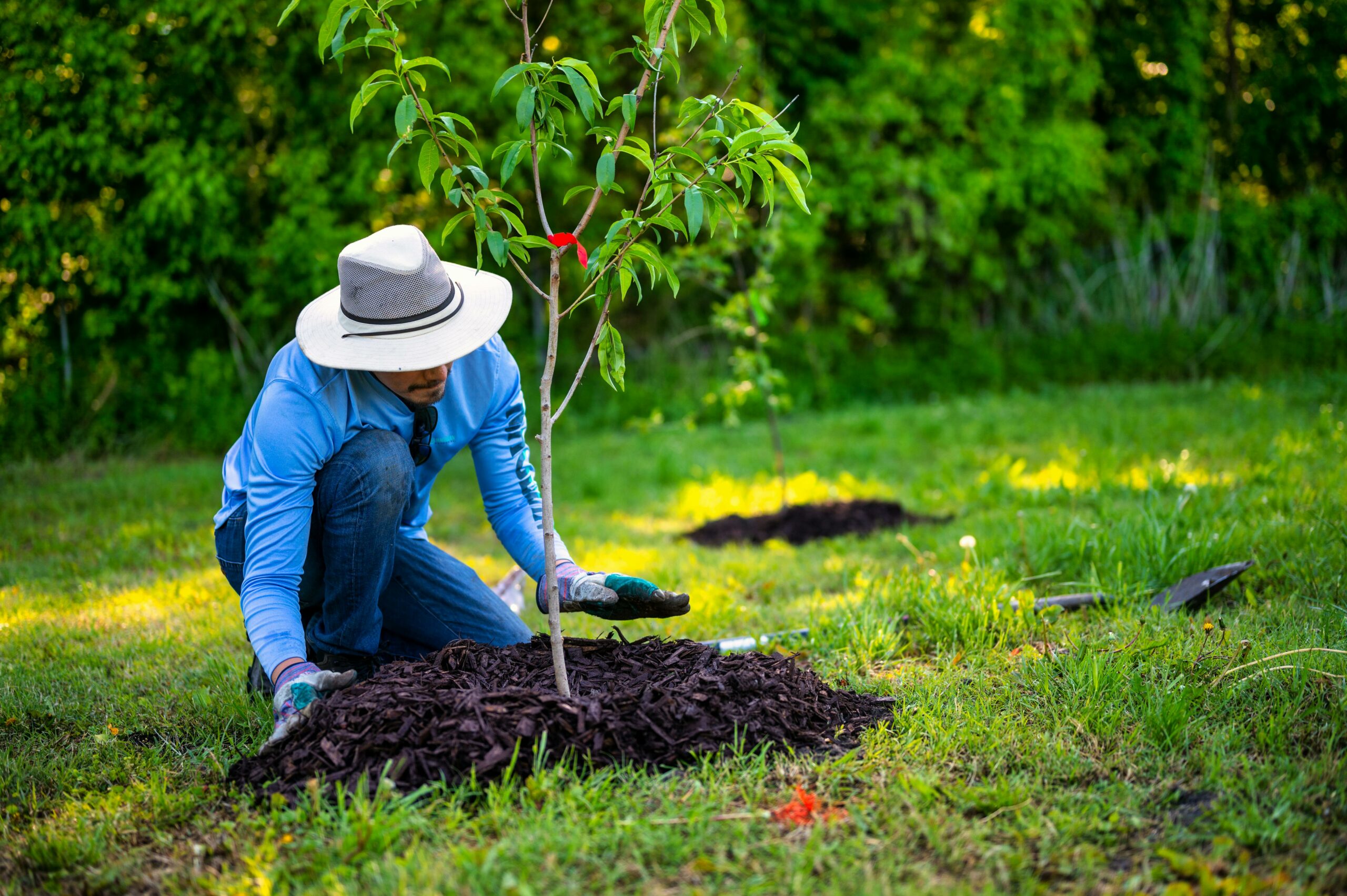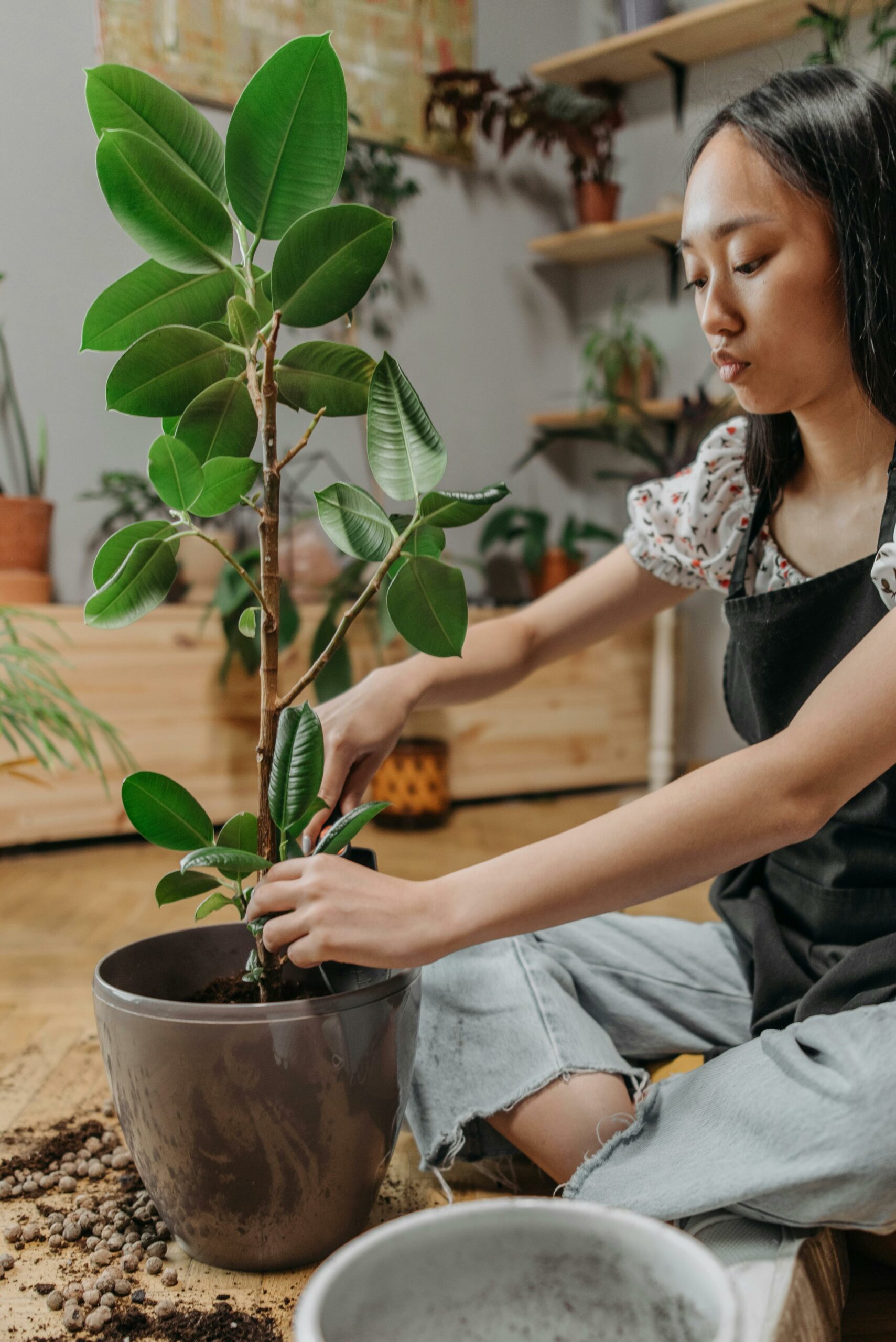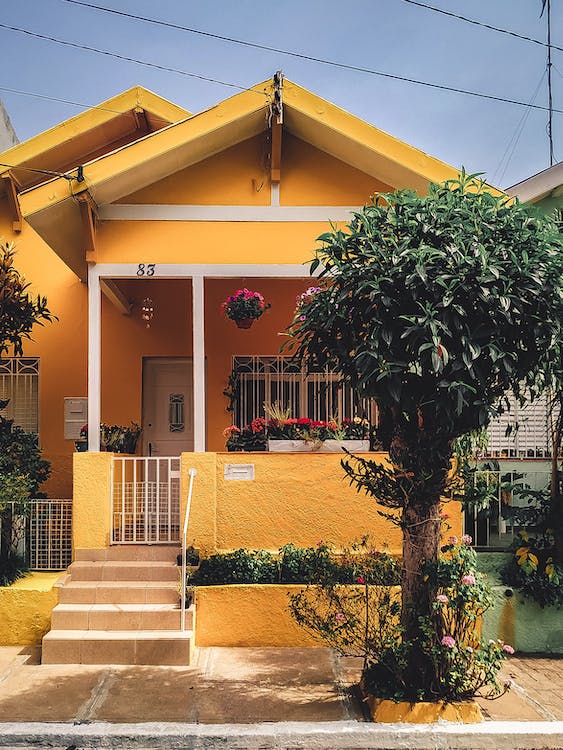A Guide to Growing Trees in South African Gardens

As home gardeners in the diverse landscape of South Africa, the idea of incorporating trees into your garden is not only aesthetically pleasing but also a meaningful contribution to the environment. Trees provide shade, oxygen, and habitat for wildlife, making them an essential element of any well-balanced garden. In this guide, we’ll explore tips and insights on successfully growing trees in South African gardens, considering the country’s unique climate and soil conditions.
- Selecting the Right Tree Species:
South Africa’s climate varies from region to region, so it’s crucial to choose tree species that thrive in your specific zone. Indigenous trees, such as the iconic Acacia and indigenous fruit trees like the Marula, are often well-suited to local conditions and support biodiversity.
- Understanding Soil Conditions:
South Africa boasts a diverse range of soils, from sandy to clayey, and understanding your soil composition is key. Perform a soil test to assess its pH and nutrient levels, ensuring that your chosen tree species will receive the optimal conditions for growth.

- Watering Practices:
Water is a precious resource, and efficient watering practices are essential. Consider the water requirements of your chosen tree and tailor your irrigation schedule accordingly. Mulching around the base of the tree helps retain soil moisture and suppress weed growth.
- Planting Techniques:
Proper planting techniques play a crucial role in the successful establishment of trees. Dig a hole that is twice the width of the root ball, but not deeper. Ensure the tree is planted at the same depth as it was in the nursery, and backfill with soil mixed with organic matter for added nutrients.
- Pruning and Maintenance:
Regular pruning is vital for the health and shape of your trees. Remove dead or diseased branches and promote a well-structured canopy. However, avoid excessive pruning, especially during dry seasons, to prevent stress on the tree.
- Fertilizing:
Depending on your soil test results, you may need to supplement your tree’s nutrient intake with fertilizers. Choose a balanced fertilizer or one specifically formulated for trees, and apply it during the growing season for optimal results.
- Protecting Against Pests and Diseases:
South Africa is home to various pests and diseases that can affect trees. Monitor your trees regularly for signs of infestation or illness, and take preventive measures such as using organic pesticides or consulting with a local arborist for guidance.

- Consider Local Regulations:
Before planting trees, be aware of any local regulations or guidelines regarding tree planting. Some municipalities may have specific rules about the types of trees allowed or required permits for certain species.
- Create Microclimates:
South Africa’s diverse climate allows for the creation of microclimates within your garden. Planting trees strategically can provide shade, windbreaks, and cooler areas, enhancing the overall comfort and biodiversity of your garden.
- Observing Seasonal Changes:
South Africa experiences distinct seasons, and trees respond differently to each. Pay attention to seasonal changes, adapt your care routine accordingly, and celebrate the unique beauty that each season brings to your garden.
Growing trees in South African gardens is a rewarding endeavor that adds beauty, functionality, and environmental benefits to your outdoor space. By selecting the right species, understanding local conditions, and implementing proper care practices, you can enjoy the majesty of flourishing trees that contribute to the rich tapestry of South Africa’s natural landscape.
Comments
Add comment